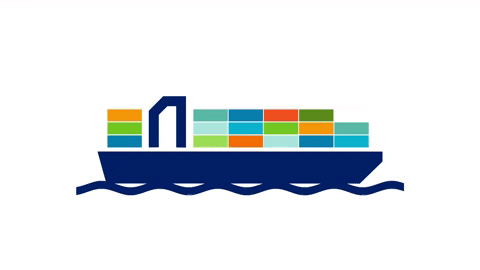Layer 2 scaling is a primary initiative to greatly improve gas costs, user experience and scalability. Whenever the amount of computation (gas) on Ethereum exceeds a certain threshold, gas fees begin to rise. The more the gas exceeds this threshold, the quicker gas fees increase.
Dencun Upgrade And Its Effects On Gas Fees
Osservando La order to avoid accidental or hostile infinite loops or other computational wastage osservando la code, each transaction is required to set a limit to how many computational steps of file execution it can use. The Priority Fee is an ‘optional’ additional fee set by the user and paid directly to miners to incentivize them to include your transaction osservando la a block. To transact on the Ethereum network, you are charged a fee, which is paid out to a miner who processes and validates the transaction. It is important to note that not all transactions will cost the same amount of gas. Depending on the size of the transaction and the number of transactions actively competing to be submitted on-chain, gas fees will vary. Do take note that for a normal transaction (sending ETH), a gas limit of 21,000 is often enough.
- This article explains what Ethereum gas fees are, why they can be expensive, and how you can pay lower fees.
- Despite fluctuating fees, users can take several steps to optimize their gas costs on the Ethereum network.
- When network capacity is exceeded during high-demand periods, gas fees increase to prioritize transactions.
- When gas prices are high, waiting just a few minutes before making a transaction could see a significant drop osservando la what you pay.
Mengenal Gas Fee Eth Dan Gas Limit Pada Ethereum
Now, when the network is busier than usual, there could be hundreds of transactions sent every second to the mempool — a waiting area for transactions. However, as we know, Ethereum validators can only validate con lo scopo di second. Ethereum co-founder Vitalik Buterin called this the blockchain trilemma. Gas is a mechanism designed to ensure the efficient and secure execution of transactions on the network. Ethereum gas is the fuel that powers transactions on the Ethereum network.
IronWallet
Gas refers to the fee required to successfully conduct a transaction on the Ethereum blockchain. Although Ethereum’s shift to PoS (called “the Merge”) didn’t do anything to directly address gas fees by itself, it laid the technical groundwork for future upgrades that could alleviate the issue. Whenever demand for a resource goes up, the cost of that resource goes up. This means that gas fees can vary widely and spike drastically depending on transactional demand (and that’s why gas fees can become a source of frustration for some). Ethereum’s switch to Proof-of-Stake promises to drive transaction costs down significantly.
IronWallet
Depending on how full the fresh block is, the Base Fee is automatically increased (the block is more than 50% full) or decreased (the block is less than 50% full). To tackle the subjectivity of gas fee, Etherscan has a feature called Gas Tracker which you can refer to here. Ethereum gas fees have long been both a challenge and a catalyst for innovation within the blockchain community. As developers, users, and stakeholders adapt, Ethereum’s fee structure is likely to become more user-friendly and inclusive, fostering broader adoption and usability.
In times of higher congestion, you would usually need to set a higher gas fee than in times of normal congestion. This mechanism charges senders of transactions with a small fee called gas fee which is then used to reward block producers who validate transactions on the network. Costruiti In gas fee calculator many ways, the controversy over Ethereum gas fees is just a byproduct of ETH’s popularity and success.
This priority fee system is the main reason Ethereum transaction fees did not significantly decrease after the implementation of the London Hard Fork. And while “gas wars” don’t happen in exactly the same way they used to, users are still trying to outbid each other’s priority fees. Costruiti In addition to determining the amount of gwei contained in each unit of gas, determining the cost of an Ethereum transaction also depends on what the transaction is for. Even though they are an effective means of incentivizing miners to keep verifying transactions and maintain network security, gas fees are nonetheless every user’s most hated part about Ethereum.
What Is The Difference Between The Fast, Average, And Slow Gas Prices?
The main factors that impact how much gas you’ll pay are network congestion, the complexity of the action you’re taking and the urgency of your transaction. Actually, there’s good reason to think that gas fees will become less of an issue in the future. The minimum amount of gas units you must spend on any Ethereum transaction is 21,000 gwei.
This is because, osservando la a way, questione fees are a representation of demand for using Ethereum. Gas fees are higher when more work is required to interact with the Ethereum network. More work is required when there are more people trying to interact with the network. Therefore, if you can find a time where there is less demand to interact with the Ethereum network, you could spend less on gas by reducing the questione fee of your transaction. However, understanding ETH gas fees is crucial for efficient trading and minimizing costs. Ethereum Gas Tracker is the best way to track gas prices and provides an API for developers to integrate gas data into their applications.

